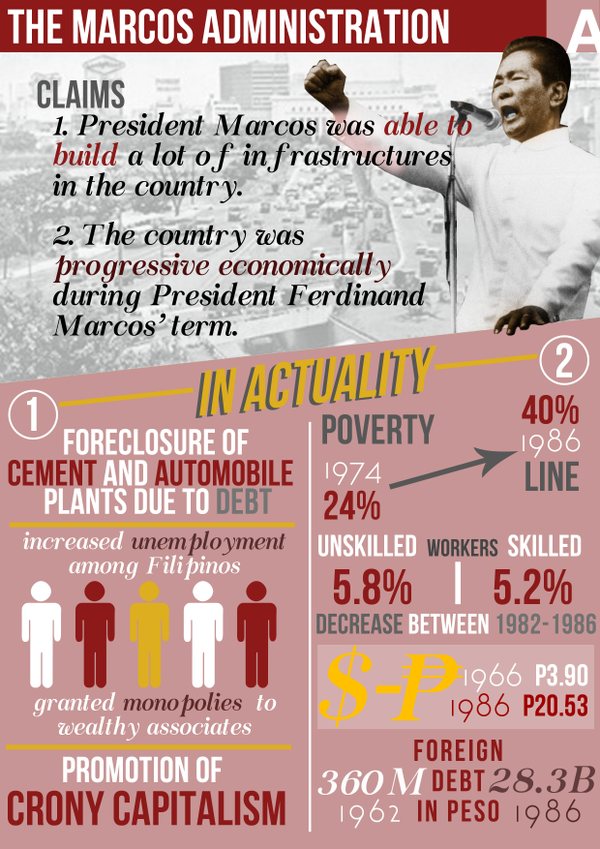Checking Out The Rich Heritage And Spiritual Measurement Of Martial Arts: A Complete Examination
Checking Out The Rich Heritage And Spiritual Measurement Of Martial Arts: A Complete Examination
Blog Article
Write-Up Composed By-Adkins Henson
Enter the old globe where martial arts were substantiated of necessity in diverse regions. Societies crafted one-of-a-kind fighting styles linked with historical contexts. Methods evolved over centuries via committed technique and social exchanges. Today, modern martial arts mix typical components for maximum effectiveness. Philosophically, martial arts highlight technique, self-improvement, and consistency. Respect, humility, and equilibrium are foundational concepts leading experts towards development and durability. Explore the midsts of this rich background and ideology to reveal the extensive impacts forming this enduring self-control.
Beginnings of Fighting Style
Martial arts came from various regions around the globe, developing as useful fight systems to prevent dangers. These old battling styles were established out of necessity, with each society crafting strategies matched to their one-of-a-kind settings and challenges. From the grappling arts of Jujutsu in Japan to the striking techniques of Martial art in China, martial arts were deeply linked with the historical, social, and cultural textile of their corresponding cultures.
In Japan, the samurai class polished martial arts like Kenjutsu, the art of the sword, which later on advanced into the more promoted kind of Kendo. On the other hand, in Brazil, Capoeira emerged as a mix of dancing and fight, developed by enslaved Africans as a means to stand up to injustice. Each martial art lugs with it an abundant background and ideology, showing the worths and ideas of the people who practiced them.
As you look into the beginnings of martial arts, you discover a tapestry of human ingenuity, resilience, and the unrelenting spirit of warriors throughout time.
Development of Strategies
Through centuries of practice and refinement, battle strategies within numerous martial arts have actually undertaken a profound development. From ancient styles like Kung Fu and Karate to more contemporary disciplines such as Brazilian Jiu-Jitsu and Krav Maga, the evolution of strategies has actually been driven by a combination of cultural impacts, functional applications, and technological advancements.
One substantial facet of this evolution is the cross-pollination of strategies in between various martial arts. For example, strategies from conventional Japanese Jiu-Jitsu were integrated into the creation of Judo by Jigoro Kano in the late 19th century. This blending of styles has led to the development of hybrid martial arts like Mixed Martial Arts (MMA), which integrate aspects of striking, grappling, and submission strategies.
Moreover, the evolution of methods has been formed by the increasing focus on effectiveness and efficiency in combat. martial arts to lose weight have actually constantly looked for to refine their techniques through rigorous training, trial and error, and competitors, leading to the advancement of very specialized and efficient fighting designs. Overall, the development of methods in martial arts mirrors the vibrant nature of battle and the continuous pursuit for renovation and development.
Philosophical Foundations
Checking out the underlying philosophical principles of martial arts gives understanding right into their core values and directing ideas. At the heart of several martial arts techniques is the principle of technique itself. By training is mixed martial arts good for kids and body to function as one natural system, you cultivate technique that expands beyond the dojo or gym into everyday life. This discipline includes regard, humbleness, and self-discipline, shaping not simply your physical abilities but also your character.
Read Home Page in martial arts is the concept of continuous self-improvement. The journey of grasping a martial art is endless, with specialists frequently aiming to better themselves, both physically and emotionally. This focus on development cultivates strength, perseverance, and a development mindset that can be applied to all aspects of life.
In addition, martial arts highlight the relevance of harmony and balance. Methods are made to make use of an opponent's energy versus them, highlighting the concept of producing and rerouting force instead of fulfilling it head-on. This ideology reaches social partnerships, advertising peaceful resolutions and mutual understanding. By accepting these philosophical foundations, martial musicians not only enhance their fight abilities yet also cultivate a lifestyle centered on individual growth, regard, and consistency.
Final thought
To conclude, the background and philosophy of martial arts supply a rich tapestry of tradition, self-control, and self-improvement.
Consider martial arts like tai chi of Bruce Lee, that changed martial arts by mixing different styles and ideologies to create his own special type of Jeet Kune Do.
Via dedication and advancement, martial artists remain to push limits and inspire others to reach their full potential both in battle and in life.
